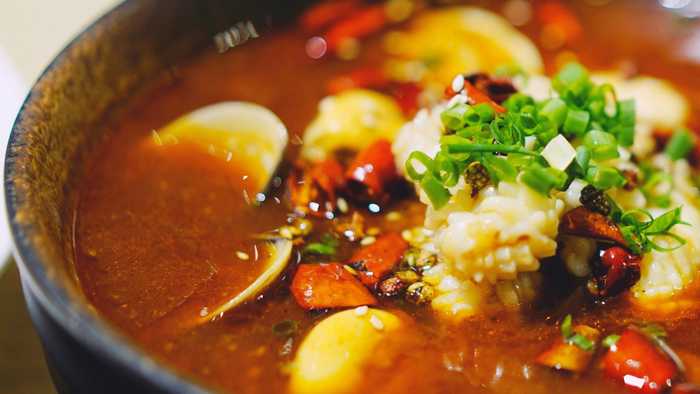Published 08:35 IST, May 21st 2024
If you think your tea leaves are only good enough to make you a cup of chai, we have a list of other culinary creations that you can use them for.
Advertisement
Tea leaves, known primarily for brewing our beloved beverage chai, have many more applications that extend far beyond the teapot. Tea leaves are not used to make a cup of your most delicious cup of tea, it can appease your palette in several other ways as well. Here are some innovative ways to incorporate tea leaves into your cooking.
Tea-infused broths and soups
Tea leaves can be used to create aromatic broths and soups. Green tea, with its delicate flavour, can be added to chicken or vegetable broth to impart a subtle, earthy taste. Black tea works well in heartier soups, providing a deeper, more robust flavour. Simply steep the tea leaves in hot water and use the resulting infusion as a base for your broth or soup.
Advertisement

Cooking grains
Adding tea to the water when cooking grains like rice, quinoa, or couscous can enhance their flavour. Jasmine tea can impart a floral note to white rice, while a smoky lapsang souchong can add depth to quinoa. This method is simple: steep the tea in hot water, strain the leaves, and use the infused water to cook your grains.
Tea-smoked foods
Tea leaves can be used in the smoking process to add a unique flavour to meats, poultry, and seafood. Tea-smoking involves placing tea leaves, rice, and sugar in a smoker or wok, creating a flavorful smoke that infuses the food. Black tea and oolong tea are excellent choices for smoking, as they provide a rich, aromatic taste.
Advertisement
Spice blends and rubs
Ground tea leaves can be used as a unique ingredient in spice blends and rubs for meats and vegetables. Black tea leaves, when ground and mixed with spices like garlic powder, paprika, and brown sugar, create a nice rub for steaks and roasts. Green tea powder can be combined with salt, pepper, and sesame seeds to make a zesty seasoning for fish or tofu.
Baking and desserts
Tea leaves can add a sophisticated twist to baked goods and desserts. Matcha (powdered green tea) is a popular ingredient in cakes, cookies, and ice cream, known for its vibrant colour and slightly bitter taste. Earl grey tea leaves, with their distinctive bergamot flavour, can be incorporated into cookie dough or cake batter. Simply grind the tea leaves into a fine powder before adding them to your recipes.
Advertisement

Salad dressings and marinades
Tea leaves can also be used to infuse salad dressings and marinades. Steeped tea can serve as a flavorful base for vinaigrettes, adding a layer of complexity. For example, a green tea vinaigrette made with steeped green tea, olive oil, lemon juice, and honey can elevate a simple salad. Similarly, tea-infused marinades can tenderise meats and impart a unique taste.
Colouring agent
The beautifully delicate hue that tea leaves impart when boiled is used in many culinary creations to avoid artificial colouring. Pindi chole, for example, gets its earthy colour from a potli of tea leaves left in the cooker while boiling the chickpeas.
Advertisement
08:35 IST, May 21st 2024